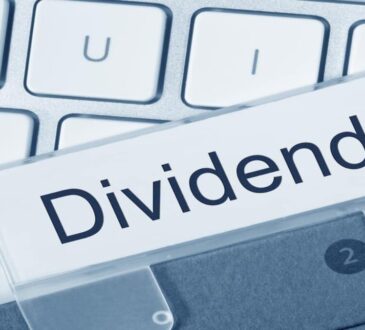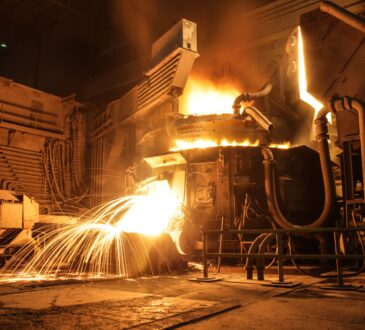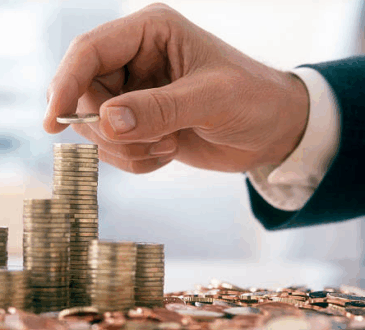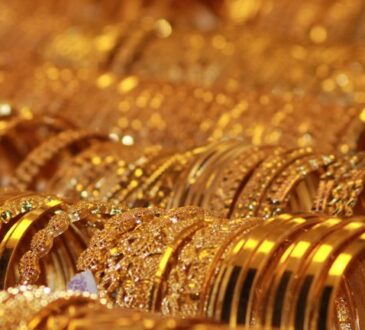Buffett built a conglomerate from a struggling textile mill into one of the most valuable companies, with a market value topping $860billion.
Warren Buffett’s announcement that he plans to step down as CEO of Berkshire Hathaway at the end of 2025 has prompted reflection on his unparalleled investment career. At 94, Buffett has built a conglomerate from a struggling textile mill into one of the world’s most valuable companies, with a market value topping $860 billion, The Associated Press reported on Sunday, in a surprise disclosure that marks the end of his six-decade era, during which Buffett’s savvy investment decisions — and occasional missteps — helped define modern-day American capitalism.
Here’s a breakdown of some of Buffett’s best and worst investments as CEO, as reported by AP:
Buffett’s Best Investments
National Indemnity and Insurance Holdings (1967 onwards)
Buffett’s early acquisition of National Indemnity and National Fire & Marine laid the foundation for his use of “insurance float”—money collected from premiums but not yet paid out — to bankroll Berkshire’s future deals. Over time, this strategy gave rise to a formidable insurance arm, including Geico and General Re. As of Q1 2024, the float reached an astounding $173 billion, according to AP.
Coca-Cola, American Express, Bank of America
Buffett’s knack for buying quality companies during times of scandal or downturns turned out to be a winning formula. His positions in Coca-Cola, American Express and Bank of America have netted over $100 billion in value, not including dividends, per the AP report.
Apple (2016)
Long wary of tech stocks, Buffett made an exception for Apple, viewing it as a “consumer products company with extremely loyal customers”, AP reported, adding that he invested over $31 billion in the iPhone maker, and at its peak, the stake was worth more than $174 billion. Though he has trimmed the position, it remains one of Berkshire’s most lucrative bets.
BYD (2008)
Following the advice of the late Charlie Munger, Buffett bought into Chinese EV company BYD for $232 million. That stake swelled to over $9 billion, with Berkshire still holding $1.8 billion worth of shares, the report said.
See’s Candy (1972)
Buffett called this acquisition a turning point, AP reported. Purchased for $25 million, See’s helped shift his philosophy from buying merely undervalued businesses to buying great businesses at reasonable prices. By 2011, the candy maker had generated $1.65 billion in pretax earnings, it said.
Berkshire Hathaway Energy (2000)
According to AP, starting with a $2.1 billion investment in MidAmerican Energy, Buffett built a utilities empire now known as Berkshire Hathaway Energy. It reportedly contributed over $3.7 billion in profits in 2024, though Buffett warned of diminishing value due to wildfire liabilities.
Buffett’s Worst Investments
Berkshire Hathaway Itself
Ironically, Buffett’s original investment — the struggling textile company — ranks among his contested decisions. “Probably my worst investment ever,” he once said, according to AP. He finally shut down the mills in 1985. But the shares he began buying at $7 or $8 are now reportedly trading at over $800,000, making even this flop part of a success story.
Dexter Shoe Co. (1993)
Buffett purchased Dexter for $433 million — paid in Berkshire stock. The company eventually became worthless, following which he admitted that he essentially “gave away 1.6% of Berkshire for nothing,” even as he called it an “awful blunder.”
Missed Opportunities
Buffett frequently acknowledged his reluctance to invest in early tech giants like Amazon, Google, and Microsoft. “Sucking my thumb,” is how he described the hesitation that cost Berkshire billions. He also regretted not pulling the trigger on a 100 million share investment in Walmart, which would be worth nearly $10 billion today, per AP.
Selling Bank Stocks Too Soon
Before the COVID-19 pandemic, Buffett soured on banks and sold major holdings like Wells Fargo (500 million shares) and JP Morgan Chase, often at low prices. Both stocks have since more than doubled, according to AP.
Blue Chip Stamps
Acquired in 1970, Blue Chip was a trading stamp business in decline. By 2006, its revenue had dropped to just $25,920. Yet, it still played a key role in funding later successful acquisitions like See’s Candy and Precision Castparts.




